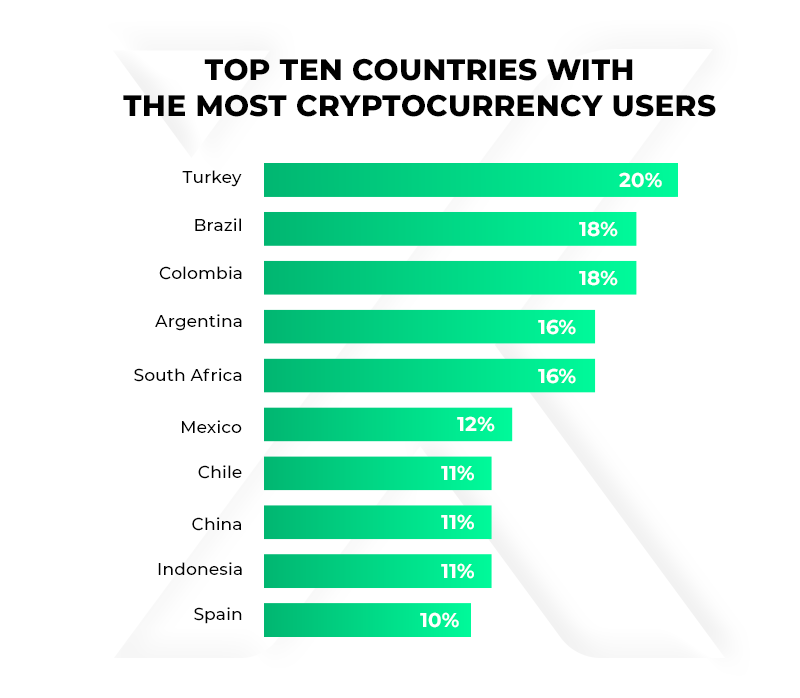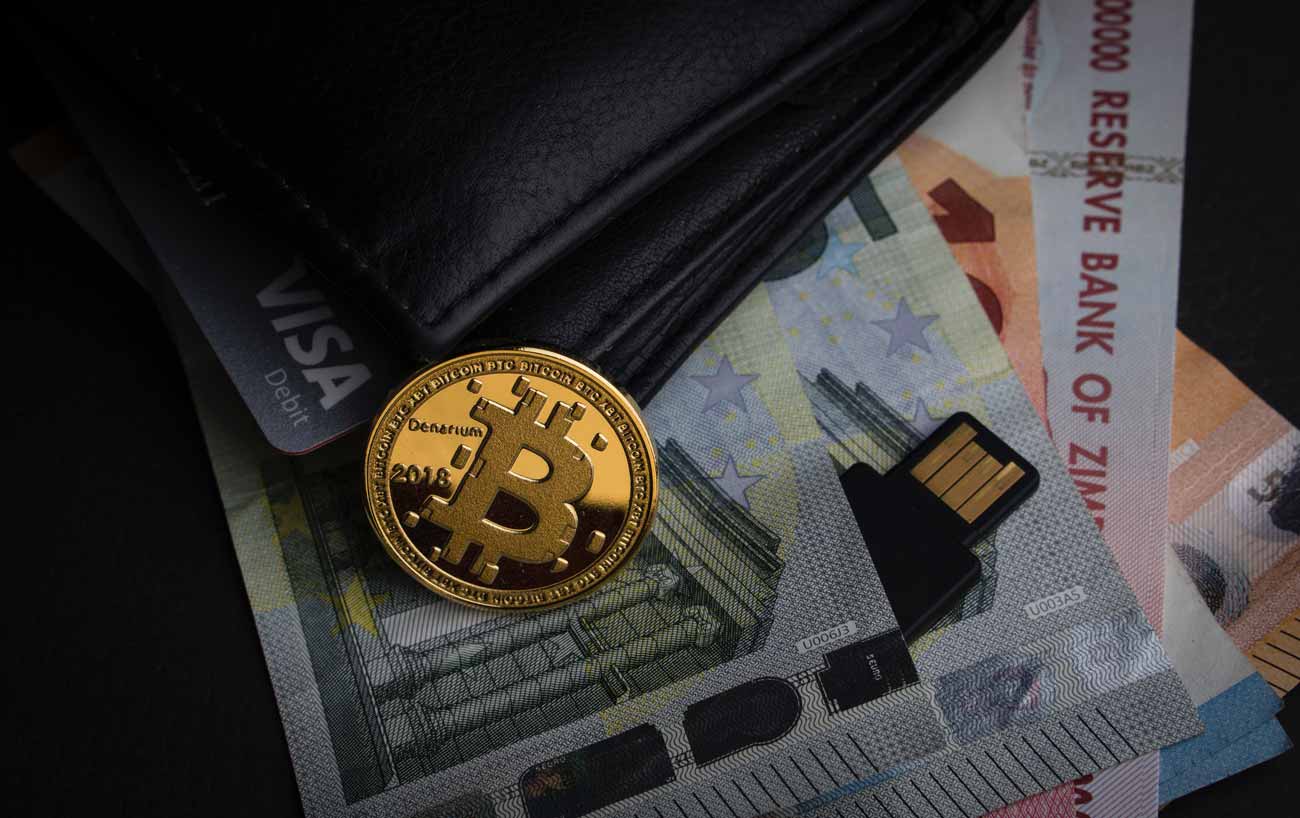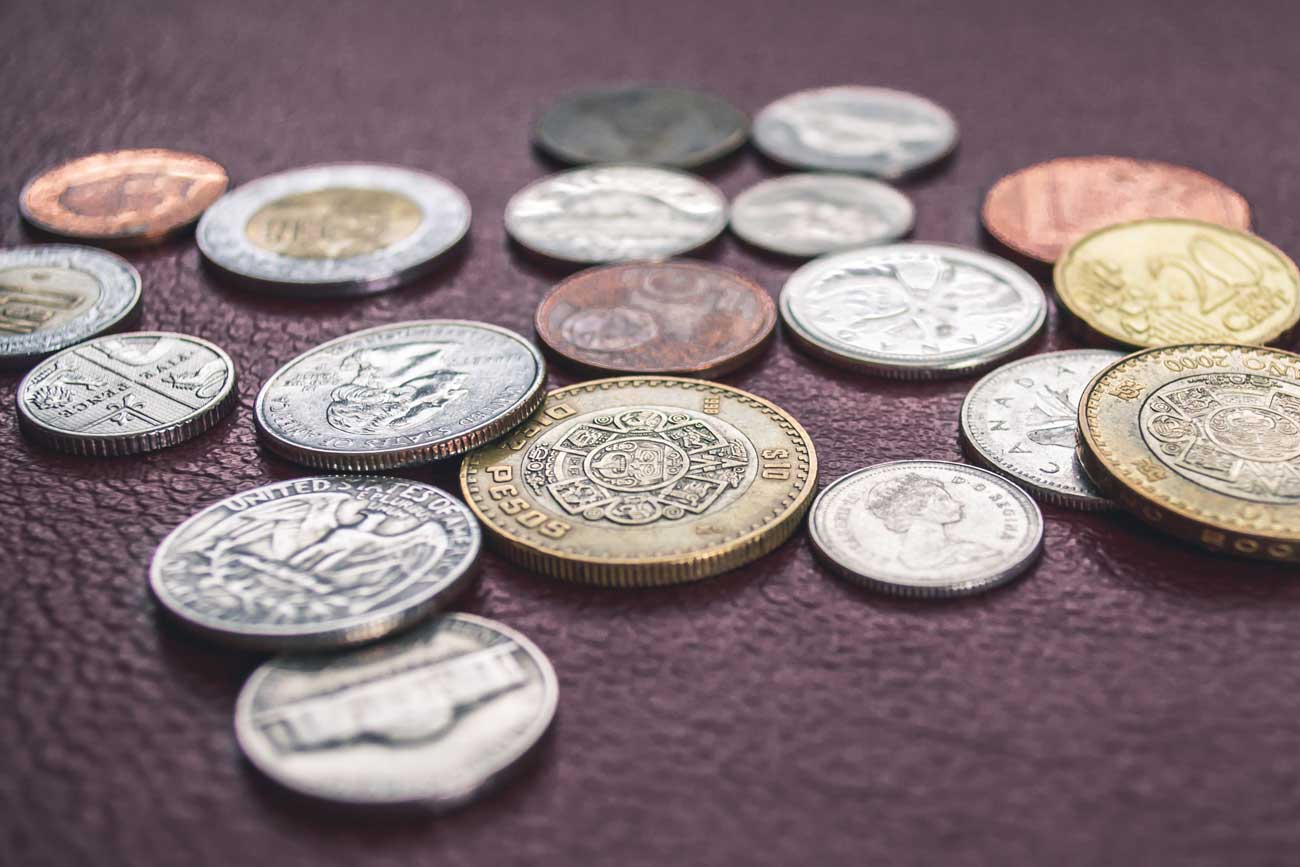Contxto – Cryptocurrency has revolutionized the way people make monetary exchanges around the world. Compared to other regions, Latin America has embraced crypto with open arms. It seems like every day new platforms and technologies are being built to facilitate this transformation.
Yet the question persists; why do Latin American countries use cryptocurrency more than “First World” countries? When I learned about this, I was fairly impressed but surprised. After digging a little bit, though, everything started to make sense.
An overview of cryptocurrency
When we discuss cryptocurrency, we’re essentially referring to a “digital” coin. But what is it, really? First of all, we must distinguish between two basic terms: cryptography and cryptocurrency.
Cryptography is the art of solving and creating codes. It’s the mastermind behind cryptocurrency based on computer science and mathematics. Its whole purpose is to “hide” or “encrypt” data so that it can’t be read, hacked or stolen by third parties. That’s pretty much what blockchain technology is in a nutshell.
On the other hand, cryptocurrency is the actual monetary “unit” that we use to exchange products and services. Therefore, cryptocurrency is a secure digital encrypted token meant for monetary exchange.
Being untraceable and secure during transactions partly explains why Bitcoin has become so popular. Released in 2009, Bitcoin is still the most accepted, even though thousands of cryptocurrencies have since emerged. These currencies are mostly intangible, although some are now compatible over credit cards.
Nowadays, this sector is getting embraced worldwide based on its fast transactions and unparalleled security. That’s to say, many users cherish safeguarding their data and information away from third parties.
Latin American cryptocurrency users
A study published by Statista in June showcased the number of global cryptocurrency users. It was interesting to see some of the most “developed” countries like the United States, the United Kingdom, Australia and France at the bottom of the list.
As a matter of fact, Latin America is the region with the most crypto users in the world. Within the top ten cryptocurrency countries were Brazil, Colombia, Argentina, Mexico and Chile.
Even though Turkey took the top spot with 20 percent of respondents using crypto, Brazil and Colombia share the second spot with 18 percent. Up next comes Argentina with 16 percent, followed by Mexico with 12 percent and Chile with 11 percent.

Additionally, Morning Consult discovered in a survey that 21 percent of Latinos claim to know a lot about Bitcoin, whereas only 8 percent of Caucasians supported that claim.
All things considered, the big question is: why does Latin America have the most users?
The reasons behind it all
Financial instability
People in Latin America tend to use crypto to protect their wealth.
For example, Argentina and Brazil have suffered financial difficulties in recent years. Their inflation rates have gone through the roof, leaving citizens with weaker currencies.
This and the enflamed lack of government faith are what made these two countries turn their heads towards cryptocurrencies. Not to mention Venezuela, of course.
Keeping money stored in a crypto ledger helps people preserve their assets. This is especially the case if a country often suffers economic or financial setbacks. For many, protecting something of potential value provides a lot of reassurance, especially when governments are unpredictable.
No matter how crazy things get, you’ll still have it. This is one of the plus sides of buying crypto for many Latin American citizens. Despite crypto’s inherent risk and volatility, many times this is still a better option than holding on to their national currencies. Crazy, huh?
Unbanked population
According to the World Bank Organization, at least 50 percent of the Latin American population has no access to banks. This leaves many people with no other method of protecting their money unless it’s under a mattress.
Similarly, only 113 million people have access to credit cards. On the other hand, Statista says that 387.2 million people have an internet connection.
So, apparently its easier to use the internet than to obtain a bank account. Needless to say, this increases the chances of people reaching out to cryptocurrencies instead of opening a bank account.

Remittances
When it comes to quick and secure transactions, cryptocurrencies are definitely the way to go. That’s why many people transfer funds to family or friends in other countries via crypto, bitcoin or blockchain technology.
Startups such as LaPlataforma from Chile, for example, allows users in the United States, Chile, Peru and Mexico to send money between each other. Meaning, I could walk into a convenience store and send up to 5,000 Mexican pesos to a U.S. bank account, arriving in dollars. This is done through blockchain technology.
Another special case study is between Venezuela and Colombia. Due to Venezuela’s economic difficulties and authoritarian regime, hundreds upon thousands of Venezuelans have fled to neighboring Colombia.
Sadly though, not everybody comes through. Typically, the ones that manage to escape always send money to their families, sometimes using cryptocurrencies.
To ease this process, Valiu from Colombia has created a blockchain-powered remittance system where transfers to Venezuela take under one hour. This way, remittances don’t get lost or stolen.
Younger population
According to Ana González Barrera from the Pew Research Center, the reason why Latin Americans use the most cryptocurrency is that the population mostly consists of young people.
“We have results from Pew Hispanic and Pew Internet showing that Hispanics tend to have higher shares of technology usage, particularly with mobile technology,” said Barrera. “Part of that is actually that Hispanics are younger than other groups, and they are more likely to use technology because they are younger.”
What does this mean for Latin America?
Cryptocurrencies might still have to find practical applications in other markets, but they are certainly supporting much of Latin America.
This has resulted in the creation of different startups in the Latin American crypto-exchange market. Some of these startups include Bitso from Mexico, Atlas Quantum from Brazil and Panda Exchange from Colombia. These are just a few examples of companies making positive impacts through these emerging technologies.
With this, the fintech industry is developing alongside Latin America’s potential for innovation. Meanwhile, cryptocurrency and blockchain technology will certainly continue to grow at an international level.
-CZ





